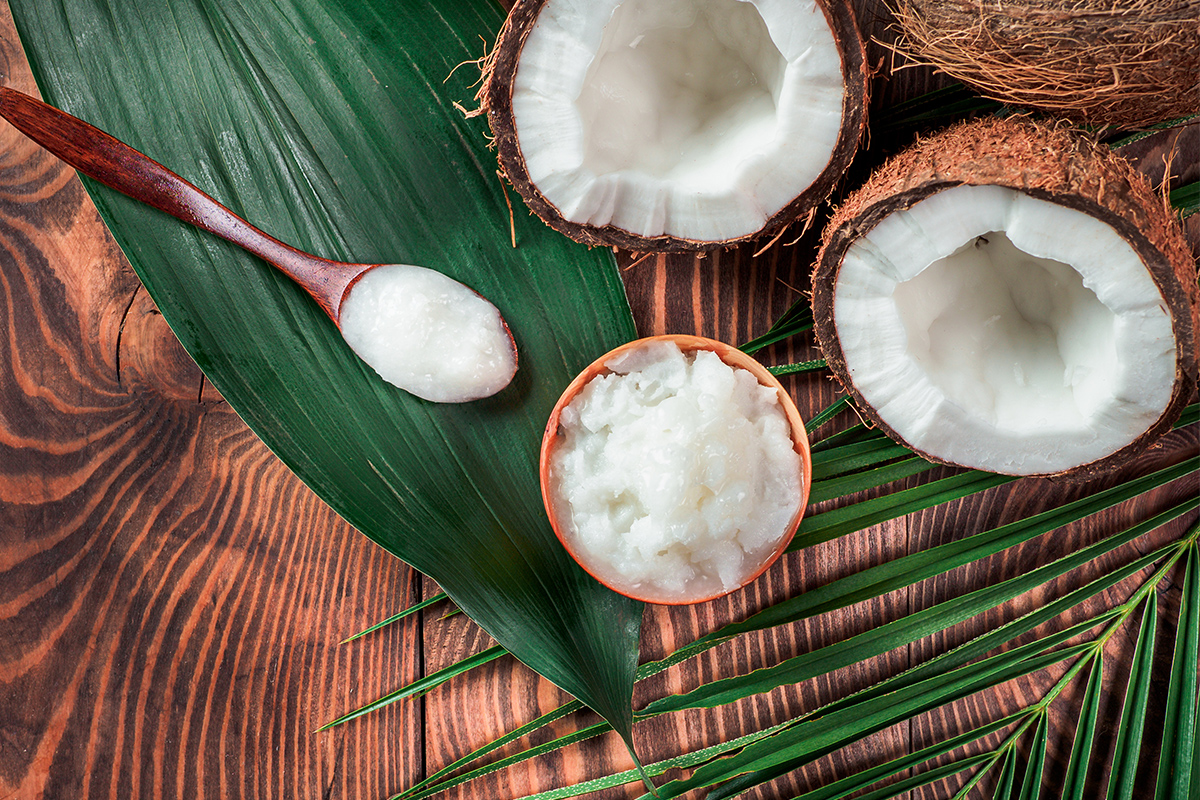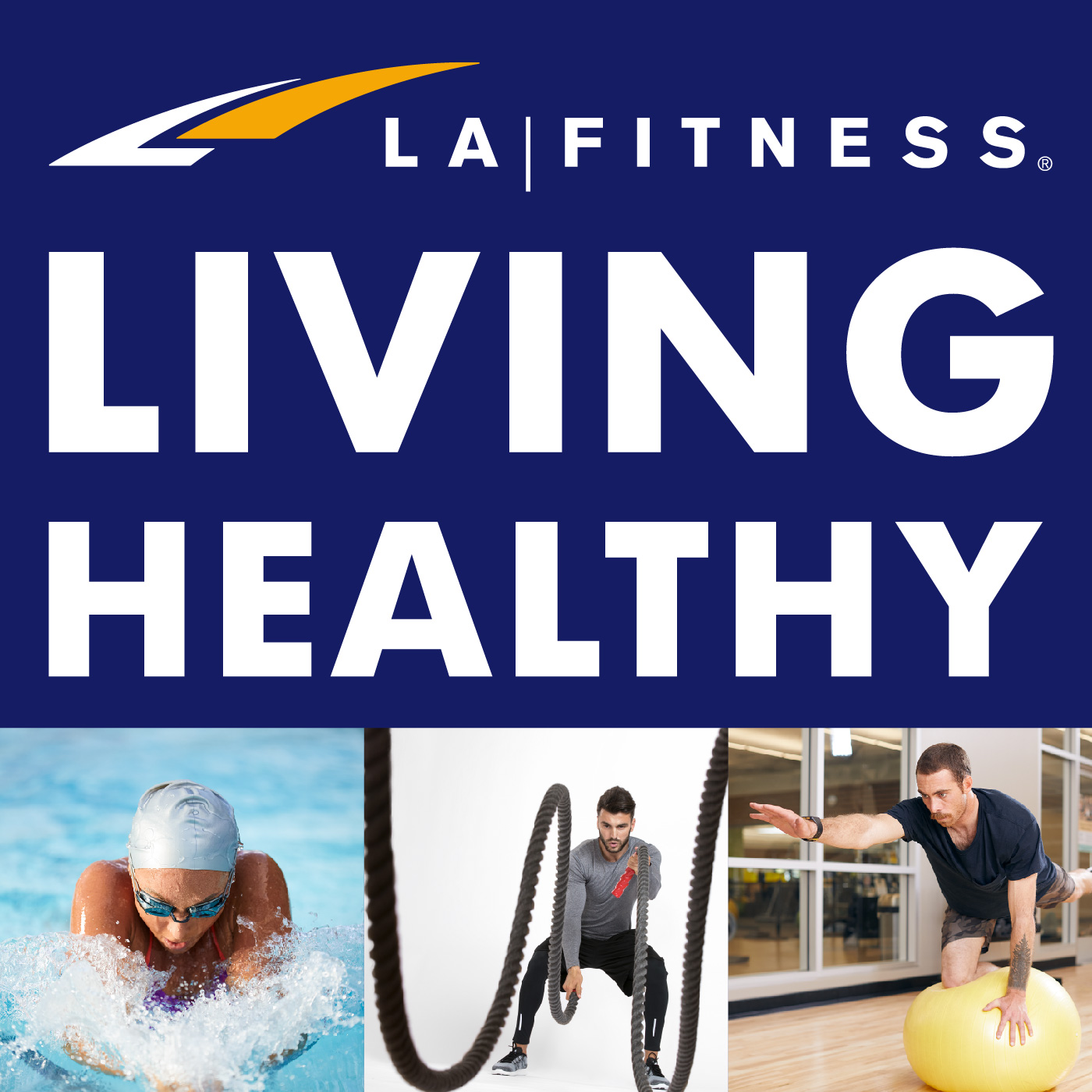Using MCT Oil and Alternative Fats
Don’t take MCT oil on an empty stomach. Like other oils, MCT oil may be mixed into beverages such as juice or milk, or into sauces, salad dressings, and other foods. Colorless, flavorless and odorless, MCT oil is easy to incorporate into dishes but won’t impart more taste. Because of its low smoke point, you shouldn’t cook with MCT oil in high heat. Wholesome fats for Keto diets include coconuts and unrefined coconut oil, avocados and avocado oil, nuts, nut and seed butters, flax seeds, hemp hearts, chia seeds, olives and cold pressed olive oil, cacao nibs, full fat Greek yogurt, fatty fish, whole eggs, butter, and cheese.
The Bottom Line
For a ketogenic diet that’s already based on an extremely high percentage of calories from fat, substituting MCT oil for other oils in cold food preparation may provide a slight body composition benefit. As an oral supplement, taking undiluted MCTs without food may not be tolerated. You’ll still need to incorporate healthy whole plant fats in your diet for essential fatty acids.



































 Have a nutrition question? Our registered dietitian is ready to help!
Have a nutrition question? Our registered dietitian is ready to help!
